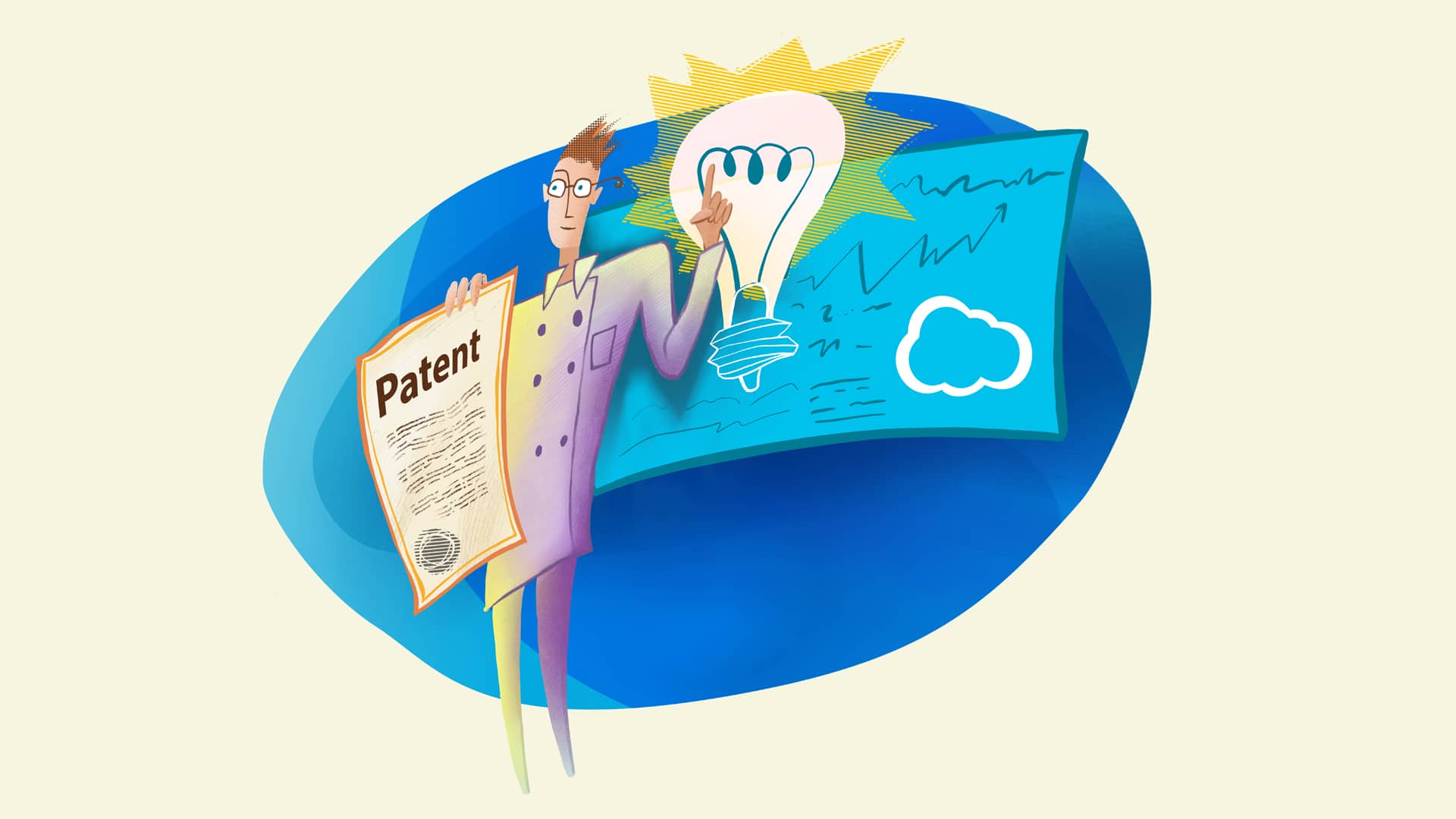
It’s not news that ecommerce can be a challenging industry. However, with access to the right proprietary tools, sellers can position themselves as more efficient and reliable than their peers. Leveraging patented technology to work smarter and faster than your competition is a surefire way to stand out.
At Descartes Sellercloud, we have just completed the process of patenting our unique technology, Skustack, to do just that. Skustack is a real-time, multi-level inventory tracking system unlike any other.
With it, our clients can now access an innovative way to streamline inventory tracking and management across all their marketplaces and warehousing facilities. The result is a new way to outperform the competition in accurate, timely, and cost-effective warehouse logistics.
How Patents Work
When inventors create something new, they must protect their inventions from competitors who may use, sell, or recreate them. A patent grants its holder a legal claim to an invention or other unique intellectual property.
This patent holder has the sole right to produce, license, or sell the patented product for a specified period. The patent can even be sold, transferring all of the aforementioned rights to the purchaser (to be clear, we have no intention of selling Skustack—it will remain an exclusive benefit to our users).

To be patented, products must meet the strict evaluation criteria of the United States Patent and Trademark Office (USPTO). Take it from us: obtaining a patent is hard work. We at Descartes Sellercloud have spent the last three years dotting the ‘i’s and crossing the ‘t’s on our patent for Skustack. To do so, we had to prove that our product was:
Novel
New patents are only issued for new ideas. If the proposed invention is too similar to an already-patented product, the patent application will be denied. Similarly, if the proposed invention has been sold or otherwise publicly known for over a year, it would fail to meet the USPTO’s threshold for novelty.
That said, inventions do not require entirely new technology. Novel improvements or combinations of existing patented materials often lead to new inventions. These iterative ideas can be patented if they meet the following criteria as well.
Nonobvious
Inventions qualify for a patent only when they meet a sufficient threshold of innovation. Since it is unlikely that a modern invention is wholly original—meaning that the inventor conceived every single component and piece—the USPTO evaluates whether the invention is innovative enough to be considered more original than a simple improvement of the parts.
For example, a smartwatch combines a wristwatch with cellphone-style technology to create a new product that the USPTO has deemed more than a cell phone strapped to your wrist.
Useful
The final criterion for a patent is whether or not the invention is considered a working and useful thing. Patents are not issued for inventions that either do not physically exist (ideas or concepts) or do not function as intended (or at all).
These requirements are strict, but they provide the legal grounds for inventors to protect their creations. Rights holders can use their exclusive control over their patented product(s) to profit and gain a competitive advantage.
The Significance of Patented Technology
Technology and innovation are perpetually intertwined. Digital innovations account for a significant number of the patents issued by the USPTO each year. In such a crowded and ever-evolving space, obtaining a technology patent can be challenging.
That said, earning a technology patent approval signifies that the creation in question was sufficiently innovative to meet the high bar set by the USPTO. For the rights-holder, a technology patent has substantial value.
Many companies, such as IBM, Amazon, Apple, and Google, generate tremendous profits and market influence by licensing their intellectual properties. Other patents they opt to maintain for their own exclusive branded use.
On occasion, companies are even bought and sold (either in part or entirely) because of the patents they hold. For users, a patented technology signifies that something is wholly unique. In competitive settings, having access to the right patented technologies can lead to distinct advantages over those who do not. The ecommerce space is no exception.
The Value of Patented Technology to Ecommerce Businesses
The ecommerce space is crowded with sellers looking to gain even the slightest advantage over their competitors. With challenges ranging from international competition to complex (seemingly ever-changing) marketplace regulations, a few mistakes or missteps could spell disaster.
A patented tool like Skustack can simplify and streamline essential operational procedures while bolstering efficiency and accuracy. This can give your online retail sales a leg up over competitors who don’t have access to the same technological assistance.
Reducing mistakes, processing times, and overall costs can boost your business’s reputation and bottom line. At Descartes Sellercloud, it’s not just about the fact that we have patented technology to share with our users; it’s that we want our users to feel empowered by the fact that they have access to a unique tool that can measurably improve multiple aspects of their business.
Our efforts in producing Skustack were guided by a genuine desire to help simplify the inventory management process for our clients’ increasingly complex logistical needs. We were so convinced of this new tool’s positive benefits that we patented it, cementing its innovative worth and ensuring its use by our customers.
For more on Skustack, visit skustack.com. There, you will learn more about our newly patented inventory tracking system, as well as all the details about how it can improve nearly every aspect of your ecommerce business’s logistical workflow.
Of course, you can always contact us directly at Descartes Sellercloud to learn more about this and our other ecommerce tools.




